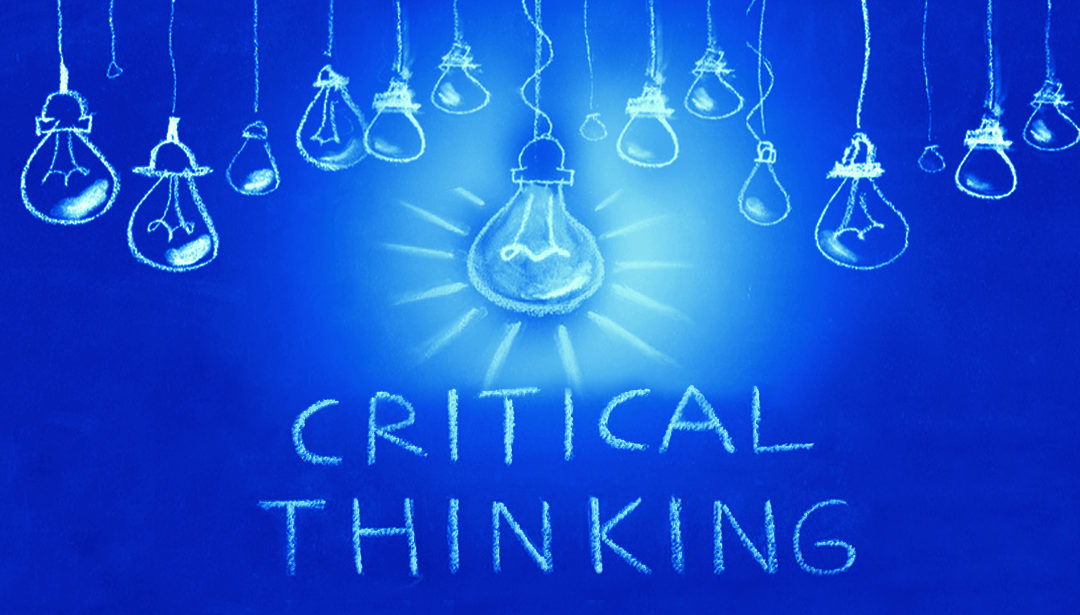
Looking Ahead For Successful Succession
Leadership development and continuing education efforts today lead to smooth transitions tomorrow.
Succession and internal development are a “major focus” for $400 million Century Federal Credit Union in Cleveland, says CUES member Sharon Churchill, CPA, CCE, president/CEO of the organization. As such, the CU’s management team is encouraged to attend at least one major industry conference annually and bring back what they’ve learned for sharing. Staff is also urged to take advantage of the credit union’s “healthy tuition plan,” an educational assistance program that provides up to $5,250 per year for regular full-time employees who have completed at least one year of continuous service at the CU, demonstrated competent performance and maintained an excellent attendance record. “Educational assistance is provided to those employees seeking to achieve a degree related to the credit union’s business interests or a course of study that applies to an area within the scope of the financial services industry,” she explains.
All Century FCU staff are also required to take a minimum of six hours of additional training as part of their annual Individual Development Plan to help broaden industry understanding and perspective, Churchill adds. Other IDP opportunities include attending internal programs delivered on site that are either designed and delivered by CU staff or developed by other agencies such as CUES, insurance brokers or benefits providers. Staff may also attend off-site seminars or conferences, participate in computer-based/online instruction delivered remotely, or independently pursue workshops and college courses to fulfill their IDP requirements.
This kind of foresight can help pave the way for a successful transition of leadership, but there are other strategies credit unions should deploy in the effort.
Deedee Myers, CEO of CUESolutions provider DDJ Myers Ltd., a Phoenix-based board development, strategic planning, leadership development and executive search firm, advises that credit unions begin this undertaking no fewer than three to five years out; perhaps even five to eight years ahead of time if other executives plan to retire within one or two years of the CEO. (“We see 30 to 60% of the executive team retiring within three years of a long-time CEO’s exit,” she says.) This should start with a “rigorous assessment” of each internal candidate’s CEO Readiness Plan, which are developed for candidates as part of a structured CEO succession process, Myers says.
Consultants and coaches from DDJ Myers use “an evidence-based model to facilitate a visioning session with the board of directors on deciding the strategic context and competencies for the next CEO,” she explains. “This process can take from a few hours to two full day sessions, depending on the complexity of the organization.” Following that process, the executive coach assesses each candidate and creates a coaching plan.
“We are an avid proponent of the internal candidate working with an internal coach and external certified coach for maximum development,” says Myers. “We suggest the board decide one year out if they are going internal. Some boards decide, even with high-quality internal candidates, to do an external search as part of due diligence.
“I do believe, in many cases, if the board mandates an early focus on succession, [they will find] untapped potential in the organization,” she continues. “Start the succession conversation and development early for the greatest success. More progressive organizations are developing CEOs for the next 10-plus years.”
Pamela Mills-Senn is a writer based in Long Beach, California.
https://www.cumanagement.com/articles/2019/09/looking-ahead-successful-succession

